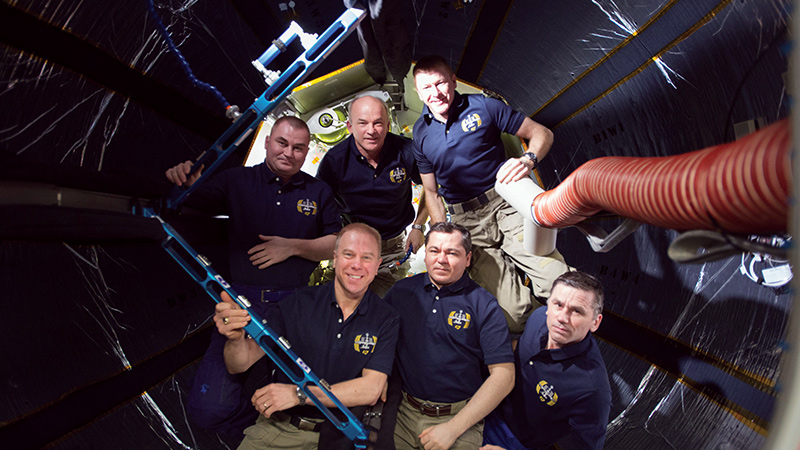A year of milestones and changes in aerospace
December 2016
The Legal Aspects Technical Committee fosters an understanding of legal areas unique to aerospace.
Calendar year 2016 proved to be another eventful one for the aerospace industry. The Commercial Space Launch Competitiveness Act, signed by President Barack Obama in late 2015, energized and provided much-needed legal clarity for the commercial space industry. The act provides for statutory rights to obtain space resources for exploration and utilization, adds a new category, “government astronauts,” for future commercial launches of NASA crew; establishes exclusive federal jurisdiction for third-party and spaceflight-participant lawsuits for injuries; and mandates a dozen reports and studies on a variety of topics in advance of future policy discussions, including space traffic management, voluntary consensus standards and the status of remote-sensing licenses.
After a difficult period in the launch sector, a SpaceX Falcon 9 launched a Dragon cargo capsule to the International Space Station in April. The mission, Commercial Resupply Services-8, was an important milestone for SpaceX, which for the first time landed a Falcon 9 first stage on a drone ship, the Of Course I Love You stationed off Florida, and also for Bigelow Aerospace, whose unique cargo was secured in the trunk of the Dragon. The capsule delivered the Bigelow Expandable Activity Module, or BEAM, the first privately owned, commercial expandable habitat designed for human use. On May 28, NASA astronaut Jeff Williams managed the expansion of BEAM from its original packed configuration. BEAM will stay berthed to the aft port of the Tranquility module for approximately two years, during which time NASA will collect data from internal sensors monitoring radiation, temperature and micrometeorite impacts.
In September, the House Committee on Science, Space, and Technology held hearings with experts to discuss the issues with NOAA’s licensing of proposed remote-sensing satellites. Reports of licensing denials, unprocessed license applications and licensing changes due to national security concerns in contravention to current law and policy have frustrated the commercial remote-sensing industry. Witnesses noted the need for reduced regulatory burden, adherence to current law and reform of the interagency process that governs NOAA licensing decisions. NOAA is expected to release its mandated study on its licensing processes soon, and some type of policy or statutory reform is anticipated in the near future.
It was also an interesting year for law and policy at the international level. The United Nations Committee on the Peaceful Uses of Outer Space, or UNCOPUOS, took two significant steps. In June, the committee reached consensus on 12 guidelines for the long-term sustainability of space. These broad guidelines are intended to give states a framework for engaging in space activities while ensuring the space environment is protected. These initial guidelines are the first of many and are slated to be presented to the U.N. General Assembly in 2018. Then, complementing the U.S. Commercial Space Launch Competitiveness Act, the Legal Subcommittee of UNCOPUOS adopted an agenda item on space resources. This means that in 2017, discussions will begin to heat up on what the U.S. act means at the international level.
Drones remained a hot topic in aerospace law in 2016, specifically the FAA’s adoption of small drone rules for non-hobbyists. This rule requires drone operators to obtain a remote pilot certificate before operating a small drone. In addition to showing aeronautical knowledge, potential drone operators must also pass a background check administered by the Transportation Security Administration. While these rules will lead to safer drone operations, privacy questions still swirl around drones, which were highlighted by numerous incidents where individuals shot down drones over their property or in public places. In April, the FAA issued a statement that it was a federal crime to shoot any aircraft, including drones.
In both space and aviation, the Brexit vote has caused lots of consternation. As the United Kingdom removes itself from the European Union, governments and private industry will need to untangle how Brexit will affect international coordination of aerospace activities. Specifically, the effects of the U.K. leaving the single EU market is likely to have ripple effects across regulatory issues and bilateral cooperation. Going into 2017, the implications of Brexit will become clearer for the aerospace industry.








